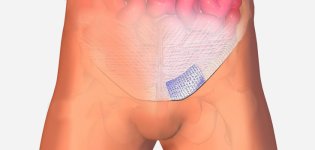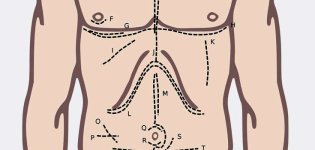This website uses cookies
We use our own and third-party cookies to improve the user experience, analyze traffic, your navigation on the website, and personalize content. You can "Accept all cookies," "Configure the cookies" you want to accept, or "Reject all" (except technical cookies which are necessary). Please refer to our cookie policy for more information.










